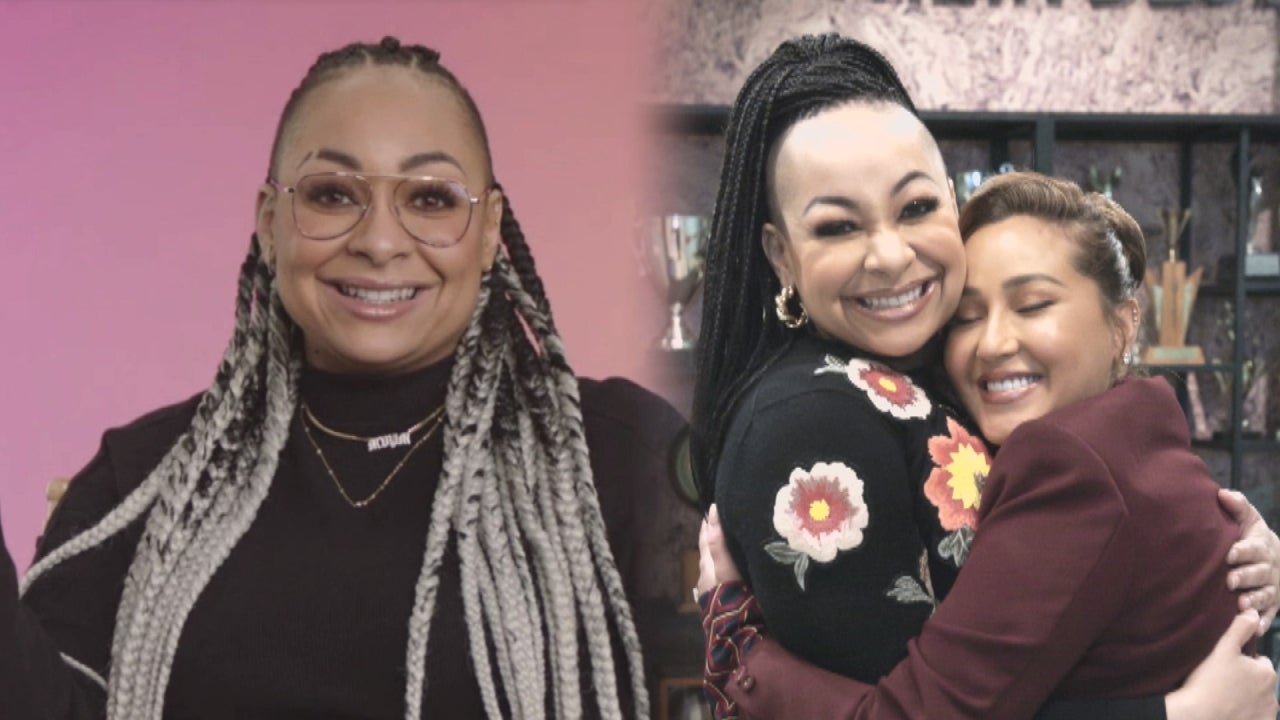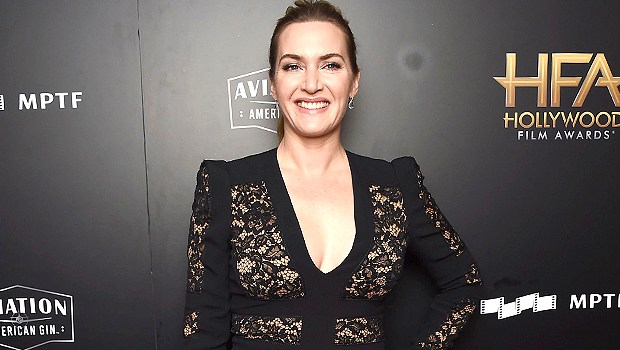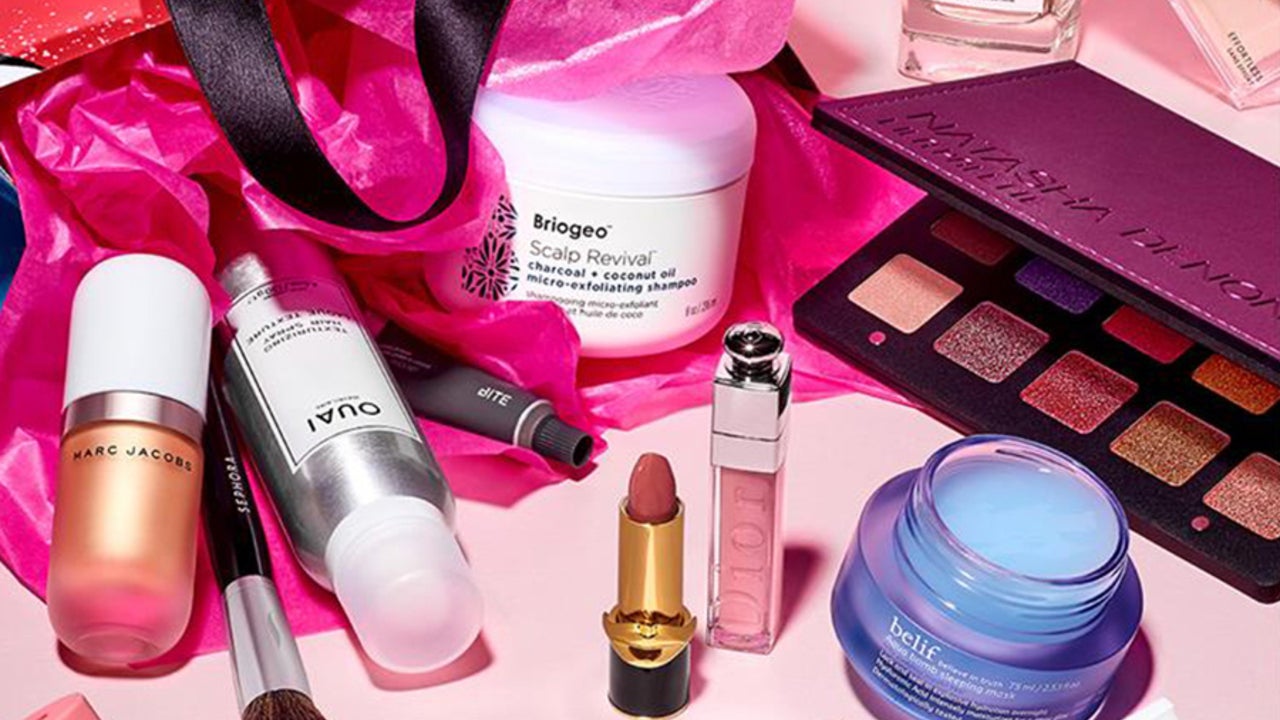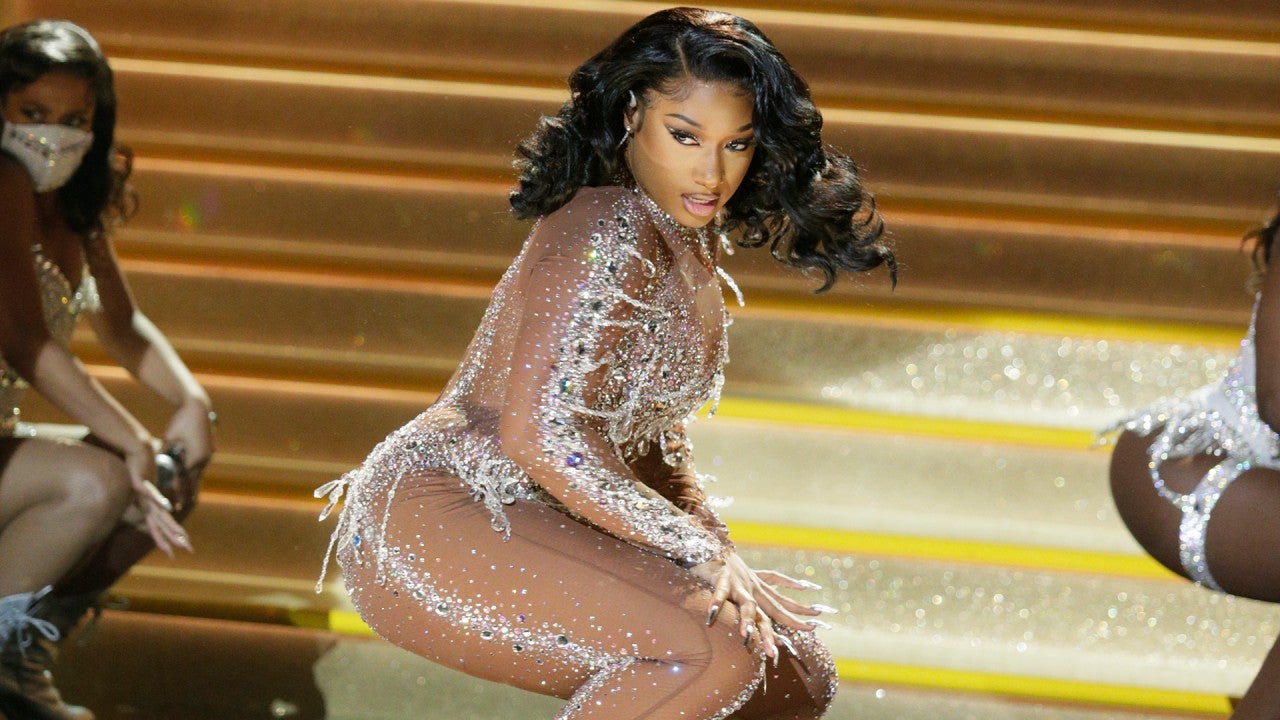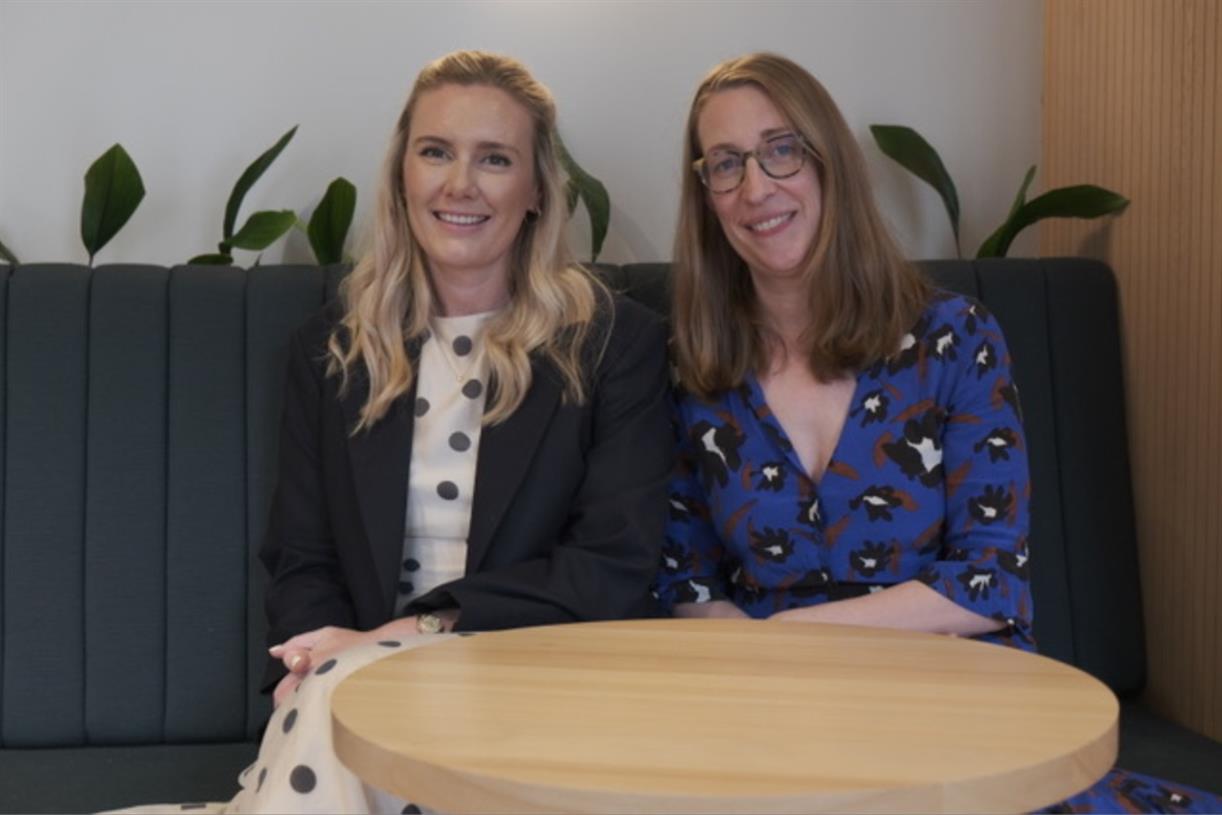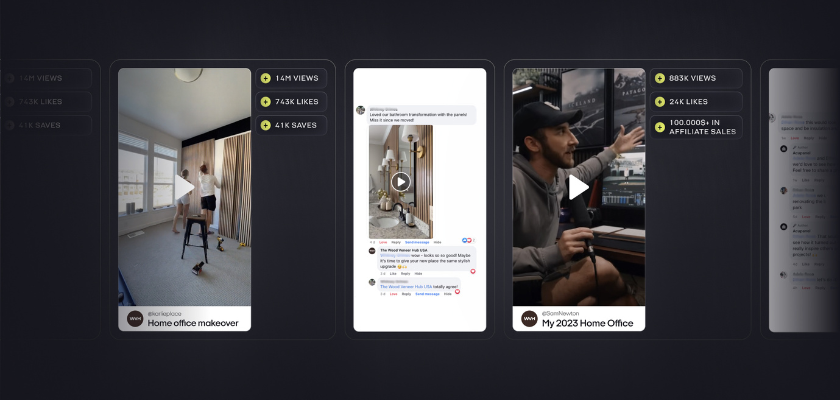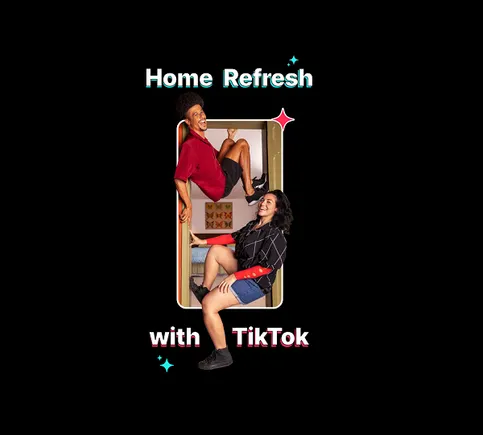Elizabeth Allen Rosenbaum Discusses Making “Purple Hearts” as a Response to Political Divisions
Elizabeth Allen Rosenbaum is a DGA Award-nominated film and television director. She has helmed many television pilots — all of which have been picked up to series. Most recently, she directed and executive produced the Netflix series “Spinning Out”...
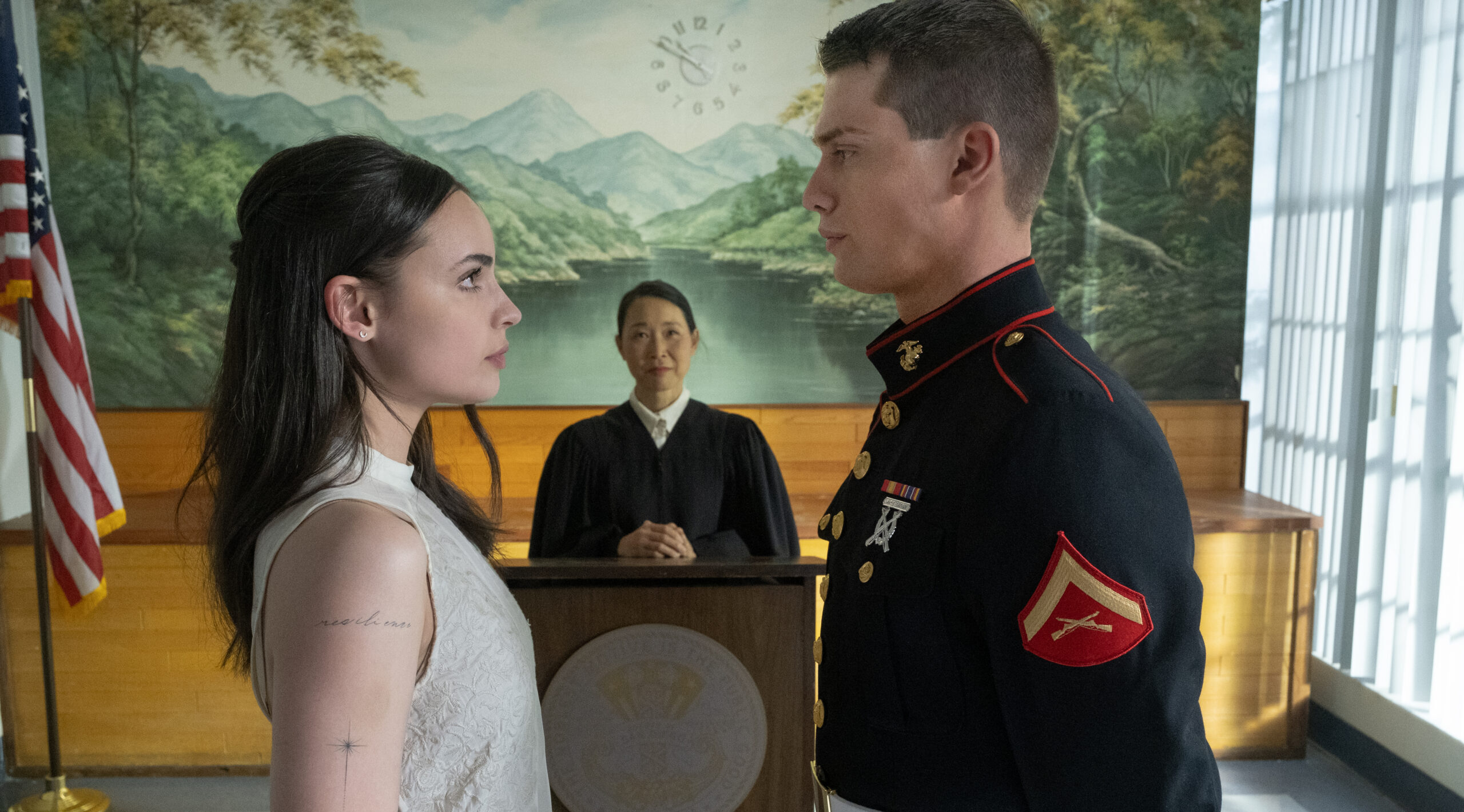
Elizabeth Allen Rosenbaum is a DGA Award-nominated film and television director. She has helmed many television pilots — all of which have been picked up to series. Most recently, she directed and executive produced the Netflix series “Spinning Out” and episodes of the hit show “Dead to Me.” She has directed and produced five films, including the original musical “Sneakerella,” and “Ramona and Beezus,” starring Joey King, Selena Gomez, and Sandra Oh.
“Purple Hearts” is now available on Netflix.
W&H: Describe the film for us in your own words.
EAR: The story of “Purple Hearts” is about a young, aspiring singer, Cassie Salazar (Sofia Carson), who is quite liberal and is very frustrated because she is not able to get proper — and affordable — healthcare to treat her recently diagnosed diabetes. She marries Luke Morrow (Nicholas Galitzine), who is a conservative, third-generation Marine, who is saddled with past debt, in order for them both to receive healthcare and the extra $2K a month that married Marines make. Luke is preparing to deploy to Iraq, so they figure it will be an easy and convenient relationship. But when Luke’s injured in the line of duty, the two are forced to live together under one roof and learn to work through their vast differences.
W&H: What drew you to this story?
EAR: When I was sent this script four years ago, I was really intrigued by it because I was getting progressively more upset about the divisiveness within our country. This story seemed like an interesting way to deal with current events head-on while wrapped up in a fun, romantic bow.
W&H: What do you want people to think about after they watch the film?
EAR: I hope people just let go and enjoy the story. I’ll admit that it’s a bit of a fantasy; people from such drastic sides of the aisle rarely get together and work out long term. What I’m hoping is that the audience can let go, and embrace the fantasy because it’s important to learn to listen and compromise.
W&H: What was the biggest challenge in making the film?
EAR: We aimed really high with our production value. We wanted a lot of dynamic, big concerts and military texture. We were working within a tight budget, so we really relied on the goodwill of a lot of people, and used creative problem solving while producing the movie. We actually filmed a lot of live concerts where Sofia played [on-stage] in character with real audiences. And we were able to bring Nick to Camp Pendleton and film him with actual Marines.
Because we had many doors open to us, we were able to raise the bar with the scope of the film. But we had to shoot it like a documentary in order to make it work with real people rather than extras. We didn’t have a lot of margin for error and the extra producing that was required for all the logistics was quite complicated.
W&H: How did you get your film funded? Share some insights into how you got the film made.
EAR: I developed this script with my producers over the course of four years. Then we went out with a cast package to a myriad of different buyers. I did a visual pitch over Zoom and Sofia would sing live for the buyers. The independent company Embankment Films, based in London, was interested, and they wanted to sell it territory-by-territory, so they prepped for that process. However, when they brought it to Netflix, they were interested in buying all territories. Our producers financed the film while we worked hand-in-hand with our team of production executives at Netflix for all of production and post-production.
W&H: What inspired you to become a filmmaker?
EAR: I used to be a theater director. I worked in New York when I was first out of college because I loved theater. And then once I was in New York, I found it was really hard to make a living and, ironically, I couldn’t afford to go to the theater. Plus all the usher jobs are unionized there. Before moving to New York I’d been able to watch a lot of regional theater as an usher; I had that arrangement worked out at the Santa Fe Opera as well as some regional theater outside New York City. In New York I couldn’t usher so I found myself going to the movies because it’s what I could afford.
So, there I was working graveyard shifts at a hotel in midtown and struggling to see theater, which is what I was trying to make. It seemed ironic, and I realized that movies are so much more democratic and accessible to everybody. So, I changed paths and moved to Los Angeles and got a job as an assistant and pursued films. Now I don’t think I could go back to the theater because I love the process of filmmaking so much and the wide reach it allows. It really is a privilege to have millions of people watch the end product that we create, and it’s not something to take for granted.
W&H: What’s the best and worst advice you’ve received?
EAR: When I was a grad student at USC, I was a teaching assistant for a class that involved guest speakers coming in to show and talk about their films. It was a small class of only about 12 students, so we got the chance to talk to some of the most esteemed directors each week for several hours. It was fairly competitive at USC — I felt I had to prove myself as one of the few women in my class and I hadn’t had very much film experience — as opposed to some of my peers who had grown up with cameras in their hands.
Amy Heckerling came in and she had a cool New York accent and was so no-nonsense in dispensing advice. She basically said, “There’s a lot of pieces of the pie and you will eat a lot more pie if you understand that, rather than try to hoard the pie.” It made me realize how important it is to help your peers and the generation that’s coming after you and to really make an effort to support others. Her words shook me up a little bit because I had felt like I had to prove myself and was going about it in the wrong way. So, it really changed my attitude while I was there and I started to become much more collaborative and, in turn, confident. I think it’s an important lesson. And we work in an incredibly generous and spirited industry where there is a longstanding tradition of mentorship and guidance. Not that I do it for this reason, but I cannot tell you how many young filmmakers I’ve mentored over the years who have actually helped me in other capacities down the road. I think the goal is to help as many talented people as you can.
The piece of advice that I chose to ignore came when I was meeting with agents after my short film [“Eyeball Eddie”] got a lot of attention. A very established agent was pursuing me and he was really impressive. But he said to me, “I’ll give you a tip. I’ve noticed in the industry that women are quite competitive with other women. You kind of need to watch your back with women. Ironically, it’ll be more of the male executives that will help you out.” Even though I was flattered he was interested in me as a client and it was a good agency, I decided not to believe him and I went with a different agent, Adriana Alberghetti at WME, who I’ve been with for 20 years. I’ve found that the tip he gave was not true, in my case; it did not manifest. In fact, it’s been predominantly a sisterhood of executives, agents, filmmakers, and female actors that have helped bolster me and give me strength.
W&H: What advice do you have for other women directors?
EAR: I’ve noticed there’s been a real leveling-out and things aren’t as tough as they used to be. So, I don’t know if this is out-of-date advice at this point, but in every interview in my first 10 years I’d be asked why there weren’t more women directors. The trait that I noticed in my most talented female peers that weren’t getting a foothold, is that they’d hear a “no” and they took it to heart. It made them shrivel up more with each rejection. And I don’t blame them, it affects me, too. But that’s really the defining trait that’s necessary to persevere: a ballsy resistance to the word “no.”
As a freelance director, if you’re doing your job right, you’re getting rejected every single day. Whether it’s a job you don’t get, a project that falls apart, a bad review, an actor saying “no,” or a writer you love who doesn’t accept your offer. You’re rejected every day — over and over. It’s important to make friends with failure and not take it to heart; think of it as a badge of honor to have been feisty enough to try — and let each “no” strengthen your mettle further.
W&H: Name your favorite woman-directed film and why.
EAR: In the past year I’ve really enjoyed Maggie Gyllenhaal’s “The Lost Daughter” and Emerald Fennell’s “Promising Young Woman.” In both films, I observed a more patient tempo, and I admired the keen observations of unique female characters. The women characters were permitted to be flawed and had so much deep, deep impotent rage that I can relate to. They are dark, angry movies but also soft and loving towards their protagonists. I gobble that shit up.
W&H: What, if any, responsibilities do you think storytellers have to confront the tumult in the world, from the pandemic to the loss of abortion rights and systemic violence?
EAR: I don’t think storytellers have any responsibility to do anything but follow their gut — and if that’s escapism and entertainment, that’s awesome. Or if it’s a documentary exposing current politics, then kudos to those filmmakers, too. I’m personally going through a phase where I feel powerless in our political climate and so, as I analyze what I should be doing next, I am really considering the political issues that are most upsetting to me. But I don’t think anyone has a responsibility to do so in entertainment.
W&H: The film industry has a long history of underrepresenting people of color onscreen and behind the scenes and reinforcing — and creating — negative stereotypes. What actions do you think need to be taken to make it more inclusive?
EAR: After working in this business for 25 years, I’m just so excited that there has been a renaissance that continues to get deeper and bolder each year.
Ten years ago, the Geena Davis Institute on Gender in Media called and I did a quiz where I learned how wrong I was about how deeply underrepresented women and people of color are in media. I wish everyone took this quiz because you learn things about the percentage of actual words in each project that women get to speak — as well as people of color. And the average is something like every 20 out of 80 words spoken. The statistics go way down when the words spoken have any power or intelligence.
Ever since that call, whenever I’m on a project and casting someone of power and authority, I suggest that we look at people of color and I’ve never had a conflict with any of my bosses over that. Everyone has always been receptive. I felt like I was doing my tiny little part, but it was still hard to make any big inroads.
So for me, it’s just been so thrilling [to see] how much more progress has been made [over the past few years]. I think the more progress we make, the stronger our communities will be, because it snowballs. When people of color have fan followings, then they have more power, and then they, in turn, can help change things more. I have to say I’m optimistic, but we have to keep our eyes on it and continue to push hard. I no longer want to be oblivious to the subliminal messaging and modeling that happens in our country’s entertainment.

 Astrong
Astrong 








